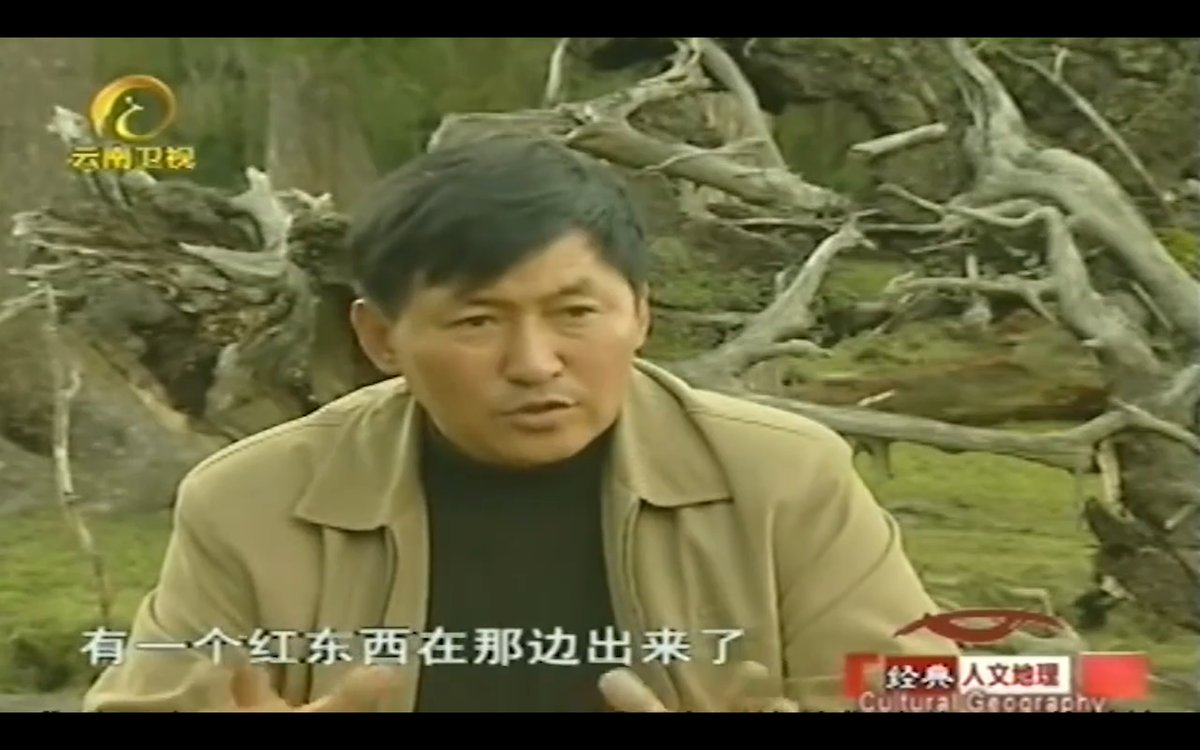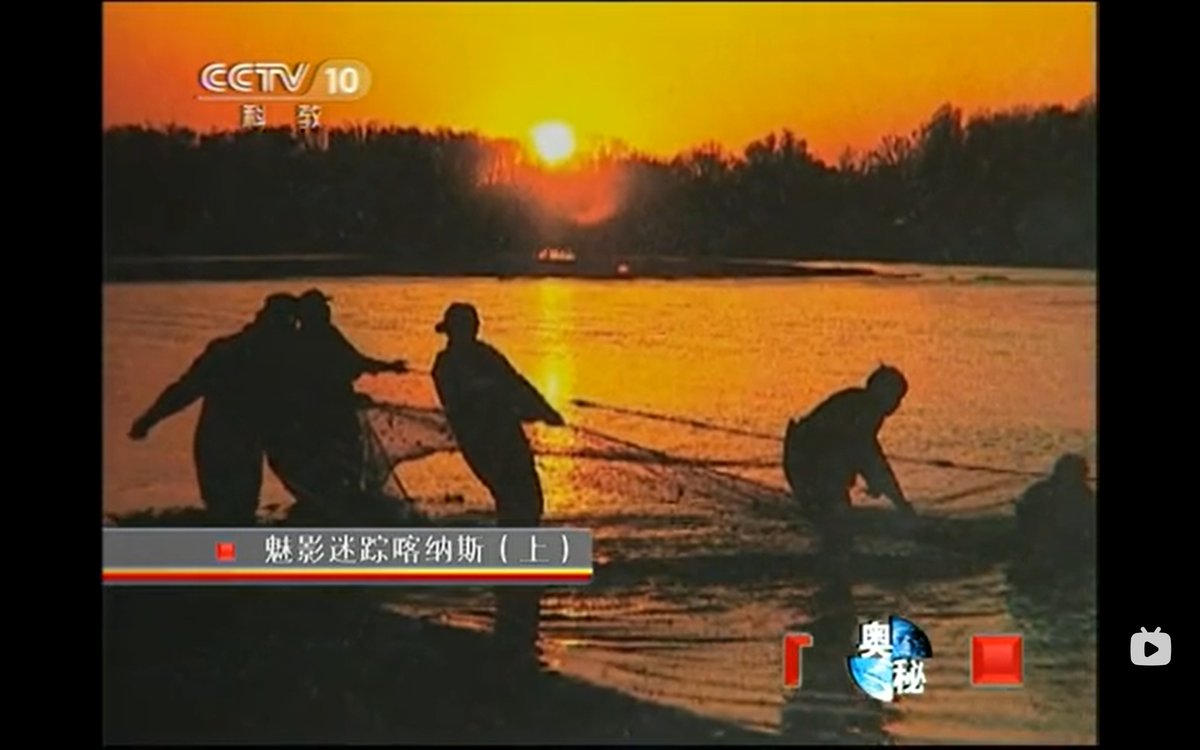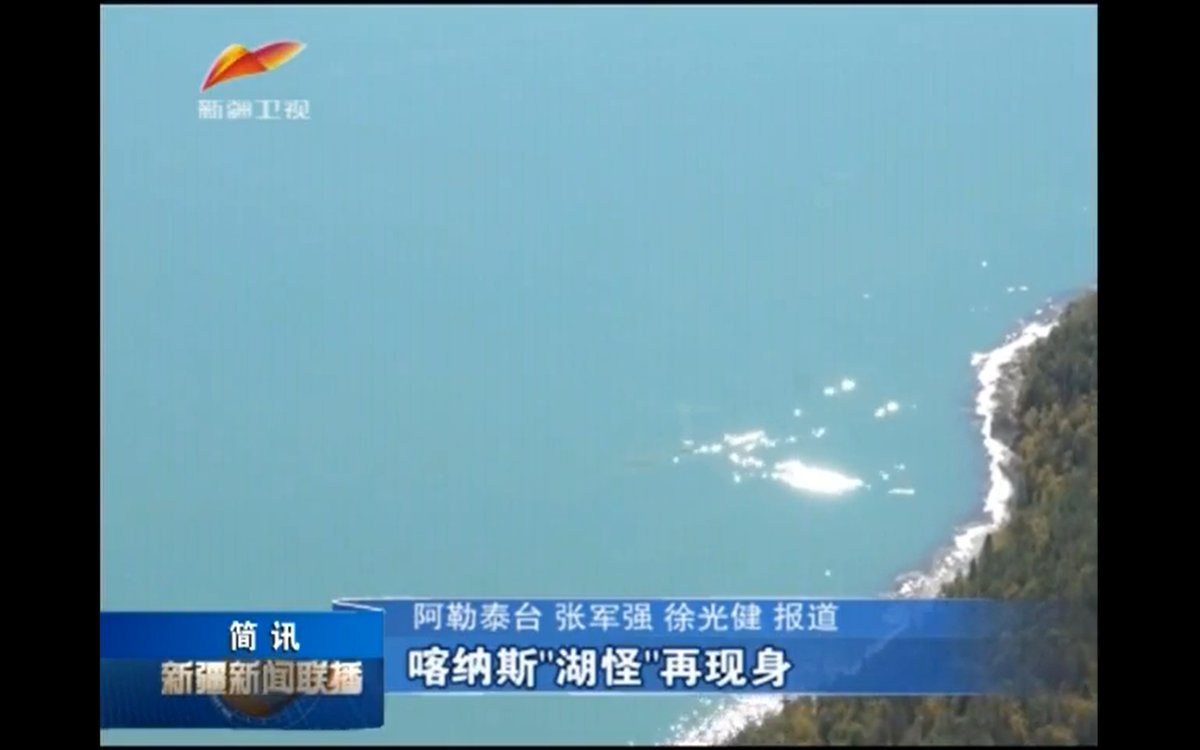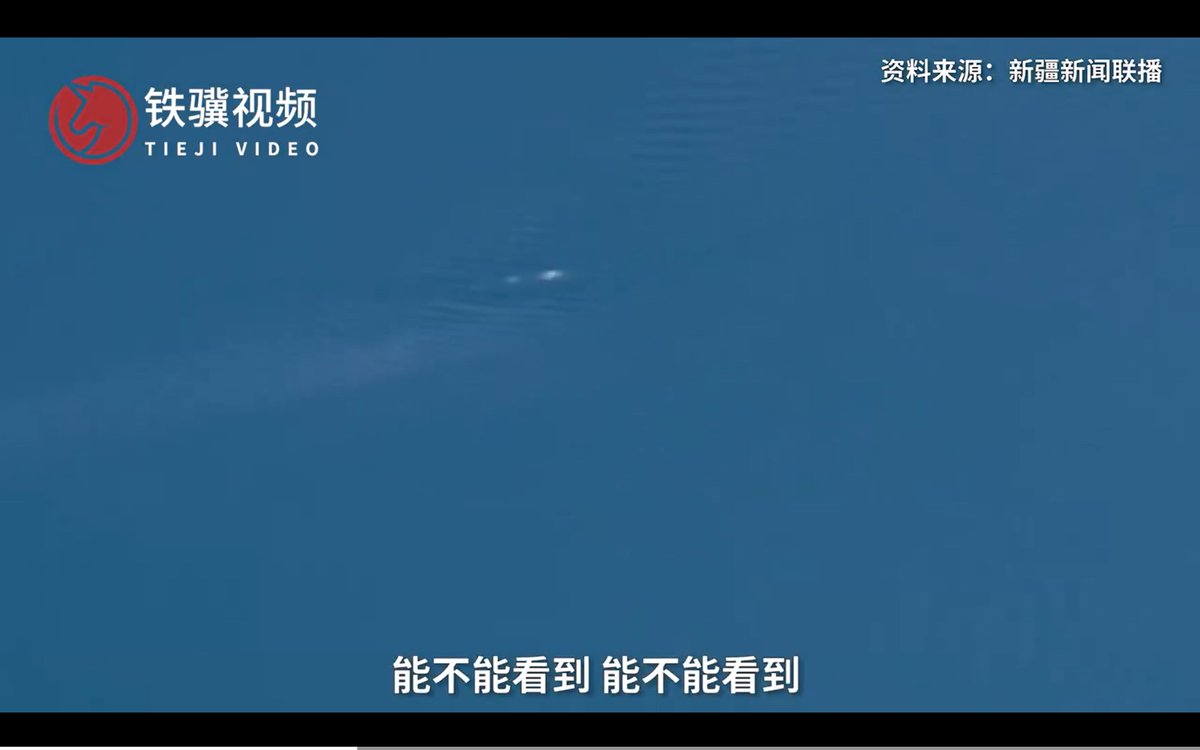Since the 13th century, a mysterious creature in Kanas Lake has been killing livestock and baffling researchers
In the 1970s, a local herdsman in Altai prefecture, Xinjiang, woke from a nap to find his horses had vanished. He had brought 10 animals to graze on the lush grasslands next to the pristine Kanas Lake, but he now found nothing but hoof marks near the lake, and the water there tinged an ominous red. With the help of his fellow villagers the herdsman searched high and low for any sign of the horses, or of what could have happened to them, but found nothing. A frightening hypothesis emerged: could there be a monster residing beneath the crystal-clear water?
The story quickly spread and more legends about the supposed lake monster dragging away livestock have emerged since. Today, Kanas Lake, surrounded by stunning mountains, attracts tourists hoping to bask in its beauty and also those curious to catch a glimpse of what has been dubbed China’s Loch Ness Monster.
In fact, fears of a monster lurking in the lake have been around since the 13th century. One rumor had it that the mausoleum of Genghis Khan, founder of the great Mongol Empire, was located at the bottom of the lake, where a ferocious lake god watched over his remains and protected his spirit.
In modern times, the first official report of a sighting appeared in the state-run Guangming Daily newspaper in 1980, and quickly sparked public concern. The newspaper reported that on August 1 that year, local forest ranger Jin Gang saw a giant red object over 15 meters in length floating in the middle of the lake while on duty near Kanas Lake. A terrified Jin hastily went to the nearest settlement for assistance but when others came to observe the object, it had disappeared. Jin and others spent the next week watching the lake for any sign of activity, but saw nothing.
In 1985, a group of researchers arrived at Kanas Lake to investigate whether the mysterious monster existed. Their initial efforts revealed nothing, but then one day they saw sudden waves and a large blood red rainbow-shaped fish that was estimated to be over 10 meters long emerge from the water. After the sighting, researchers put out a huge fishing net hundreds of meters long to try to catch the creature, but after a day of fishing the net vanished.
The team spent two more days searching for the net, which they found two kilometers upstream with a vast rip in it. One of the researchers, Huang Renxin, a professor of Xinjiang University, first posited the giant creature was actually just red algae, but after the net incident, Huang speculated it could be Hucho taimen, a ferocious freshwater salmon variety which normally grow to two meters long.
Others remain skeptical of the fish theory. In 1988, Ren Mulian, a researcher at the Heilongjiang River Fisheries Research Institute, noted in a media interview that the lake was too small to accommodate a 10-meter-long Hucho taimen, and the water too cold to provide the food necessary for such a large fish to survive.
These investigations and professional observations only fueled public speculation and raised the profile of the lake. Since then, countless experts have traveled long distances in search of the truth. But it was not until 2004 that another observer made a sighting.
That year, Fang Wei, an employee of the Xinjiang Meteorological Service Center, claimed to have seen “two bright spots [that] kept shining in the lake” while climbing a mountain nearby with her husband. Fang’s husband, Zhang Pingwen later told the media that the couple saw four “lake monsters” cruising along the surface of the lake, sometimes above the water and sometimes under. Zhang estimated their length at between five and seven meters.
In 2007, the CCTV documentary series Approaches to Science finally snapped one large Hucho taimen in the lake using underwater cameras and sonar detectors to locate and film the beasts. But at just three meters long, it was far shorter than what previous sightings had claimed. Yet the lake monster legend didn’t die there.
In 2012, Wang Hongqiao, a worker at the Kanas Lake scenic tourist spot, filmed what he claimed were three lake monsters kicking up a cloud of water spray and swimming along the lake. But taken from his vantage point high above the lake on an observation platform atop a nearby mountain, it was hard to make out any details. The clip was shown on popular news program Oriental Horizon, though the hosts eventually concluded Wang had actually just filmed a school of large fish hunting, rather than three giant monsters.
This May, multiple tourists at Kanas Lake filmed vast shadows moving across the lake and posted them online, once again reviving public intrigue over what is lurking in the deep. A journalist from Cover News contacted administrators at the scenic site about the sighting, but was told the “lake monster” was just Hucho taimen.
Yet the mystery lingers on, with more tourists visiting the area hoping to catch a glimpse of China’s Nessie. Others online have speculated that the scenic area has been encouraging or even faking sightings to boost tourism. Still, the question remains, if the lake monster is nothing but a big salmon, how do we explain the fate of the 10 vanishing horses?
















